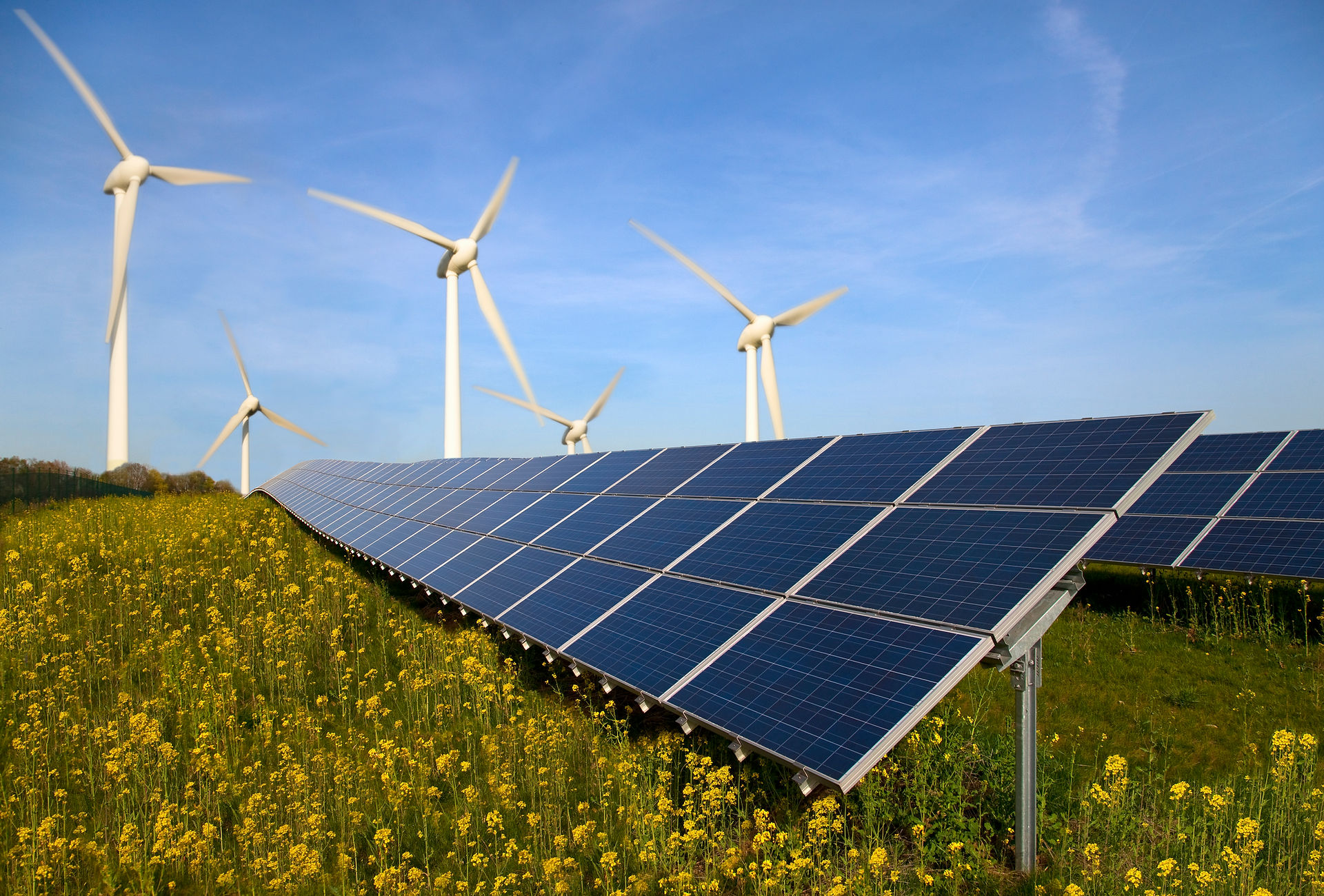New York power grid expects demand to decline through 2028
May 3 (Reuters) - New York’s power grid operator on Thursday forecast that demand for power from the system will decline over the next decade due to efficiency programs and as more homes and businesses generate their own electricity on site.
The New York Independent System Operator (NYISO), the grid operator, projected power demand would decline at a rate of 0.14 percent per year through 2028.
Annual electric usage in 2017 fell to its lowest level since 2001, according to the NYISO. In 2017, demand peaked at 29,699 megawatts (MW), which was 7.4 percent below 2016’s peak of 32,075 MW and 12.6 percent below the record peak of 33,956 in 2013. One megawatt can power about 1,000 U.S. homes.
At the same time that demand for power from the grid is declining, the NYISO said the state’s generation mix is changing as energy companies build mostly natural gas-fired units downstate and mostly wind farms update, while coal and nuclear plants retire.
Since 2000, nearly 3,000 MW of coal-fired generation has retired, leaving just 979 MW in 2018 and those units are expected to shut or be repowered into gas-fired units in 2020 due to state carbon dioxide (CO2) emission restrictions, the NYISO said.
The two reactors at Entergy Corp’s 2,069-MW Indian Point nuclear power plant in Westchester County north of New York City will shut in 2020 and 2021 under a deal between the company and the state.
The NYISO said the grid will remain reliable after the units shut as new sources of mostly gas-fired generation enter service.
The NYISO said it expects about 17,000 MW of renewable generation to enter service over the next decade or so to help meet the state’s goal requiring 50 percent of the energy consumed come from renewable sources by 2030.
In 2017, renewable sources of generation, like hydro, wind and solar power, accounted for about 29 percent of the energy produced in the state.
With all the changes expected, the NYISO said it will have to use price signals to reward flexible units, like gas plants that can also burn oil, for times when gas or renewable sources of generation may not be available as can happen on the coldest winter days when consumers use most of the available gas to heat their homes and businesses.

